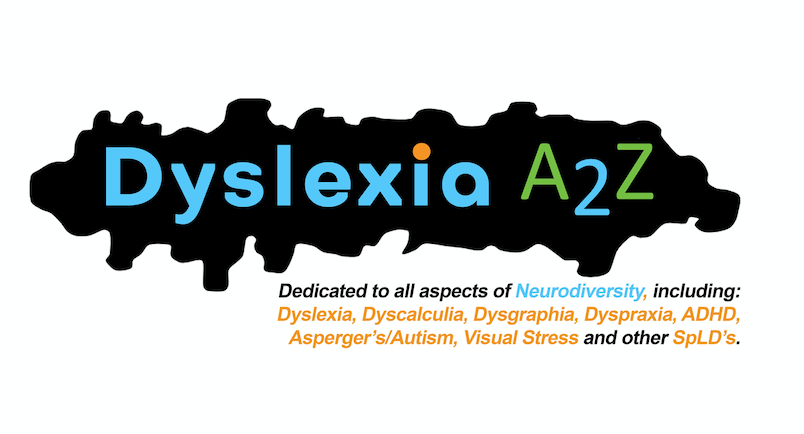KAZ – Review by Maria Chivers
KAZ is a computer programme to teach children from six years of age how to touch-type. He is a ‘big bird’, and the kids love him. KAZ shows the children how to use the programme by clicking on parts of his body. You can go back and forwards, by clicking on one of KAZ’s wings or click on his head and it repeats the sentence. KAZ was voted #1 Best Typing Tutor of the Year. It is a lovely, engaging simple to use programme.
The first time you download the software, you have to spend about ten minutes going through the instructions (which are really easy to understand), and there is an interface where you can set up the programme how you like it. For instance, if you prefer a different colour background, one click, and you just change it. Furthermore, you can change the size of the letters, the type of font just as easy – this makes it truly accessible for students.
The programme basically has five phrases, and each sentence will take about fifteen minutes to complete. (Now the caveat on this is there is never any pressure on the child; they must do it at their own pace. It may take 15 minutes, 30 or just ten!)
When the child has completed the five phrases, they will have used all their fingers and covered all 26 letters of the alphabet.
After that, it is just practice increasing the speed and to get the whereabouts of the alphabet keys to ‘long-term memory’ (that’s my expression, not the Company’s).
There are also sections for punctuation, etc., but they are separate, and you can choose to complete them or not. If you have a very young child, you may decide to leave this section and return to it later.
I was trained as a touch-typist, many years ago, but I have never believed that we should make children actually learn to ‘touch type’. I always thought they should just know their way around a keyboard. This was because my husband and one of our sons can type at 40wpm, using two fingers so I felt that If they knew where the keys were, they could just get on and ‘peck at them’.
However, I have recently been informed of some research which pointed to the fact that if you can touch-type, then it leaves room for the brain to get on with other things, i.e., ‘what you actually want to write’. Not sure why I hadn’t thought of that before; because I can hold a conversation with someone while typing something different altogether. So, with this latest information, I have changed my view and now recommend everyone should do the course and learn to type correctly. Let’s face it, with this type of up-to-date software, why wouldn’t you want to learn it. I can’t believe it is so easy!
I used KAZ many years ago at my teaching centre, but I have to say, this newer version is far better and a lot more accessible for people.
There are different programmes available; one for children with dyslexia, junior children, and even a version for children with ADHD. Furthermore, it is not just confined to children, because there is an adult version as well, so you may want to have a go yourself!
For further information, go to KAZ.
by Maria Chivers
August 2019
Why not give your child an advantage over the holidays and get them to touch-type? I am sure you wouldn’t mind sitting with them (although you don’t have to) for ¹15 minutes a day for five days. This will give them an excellent start when they return to school. That’s it! Just five days!
About Maria Chivers
Maria Chivers is the founder of the Swindon Dyslexia Centre, which opened in 1991.
She also operates the site, Dyslexia A2Z which is dedicated to raising awareness of Dyslexia, Dysgraphia, Dyscalculia, Dyspraxia, ADHD & other (SpLD’s).
Maria, working with a team of highly trained specialists: tutors, psychologists and other therapists; in specific learning difficulties, has featured on radio and television, including ‘The Learning Curve’.
She has taught in the IT department at Swindon College and is an international author on Dyslexia and other learning difficulties and has written several books, including:
- Alli Can’t Write: A Storybook for Children with Handwriting Difficulties including those with: Dyslexia, Dysgraphia, Dyscalculia, Dyspraxia & ADHD
- Dyslexia and Alternative Therapies
- Practical Strategies for Living with Dyslexia
- Dyslexia and Other Learning Difficulties – The Essential Guide
- Dyslexia and Other Learning Difficulties – A Parent’s Guide (out of print)
- Dyslexia The Inner Hurt (out of print)
Her book ‘Practical Strategies for Living with Dyslexia’ has been being translated into other languages.

